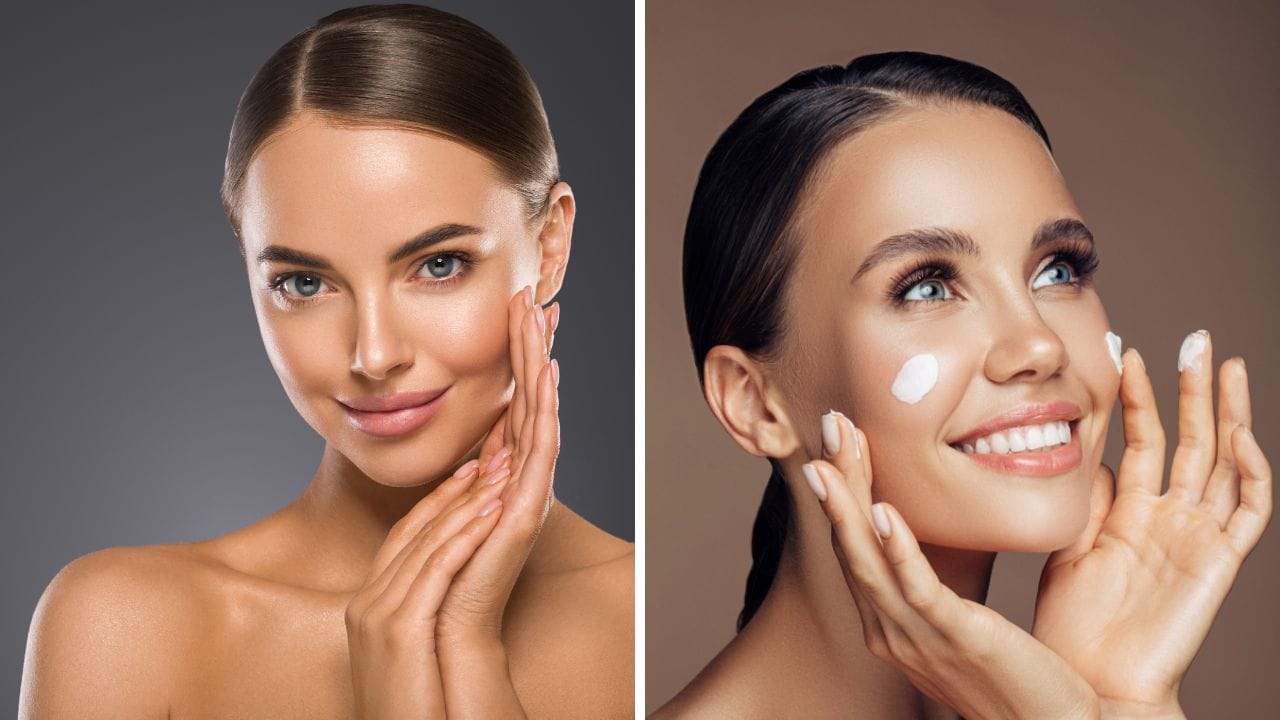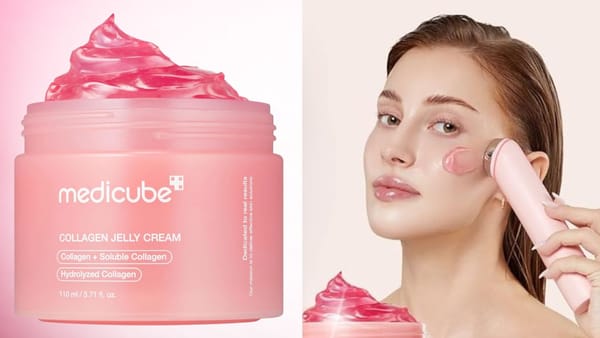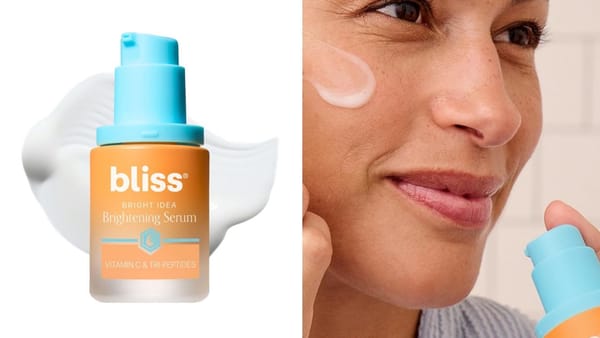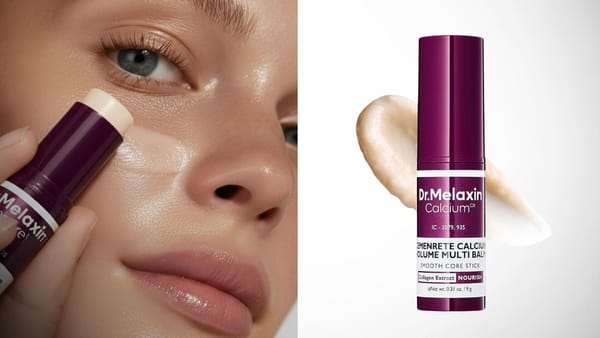Key Takeaways:
- Beauty standards vary significantly across cultures and historical periods, influenced by societal expectations and cultural norms.
- The perception of beauty is deeply rooted in historical perspectives and cultural influences, reflecting the values and ideals of different societies.
- Modern media and globalization continue to shape and redefine beauty standards, impacting how individuals perceive attractiveness and aesthetics.
Introduction
Beauty, a concept as old as time, has been interpreted and reinterpreted across centuries, cultures, and societies. The perception of beauty is not a monolithic idea but a kaleidoscope of interpretations influenced by historical perspectives, cultural influences, and societal expectations. From the bound feet of ancient China to the lip plates of certain African tribes, beauty standards have varied widely, reflecting the diverse values and ideals of different communities.
These perceptions are shaped by various aspects, including cultural, historical, and emotional factors, which together illustrate the multi-dimensional nature of beauty.
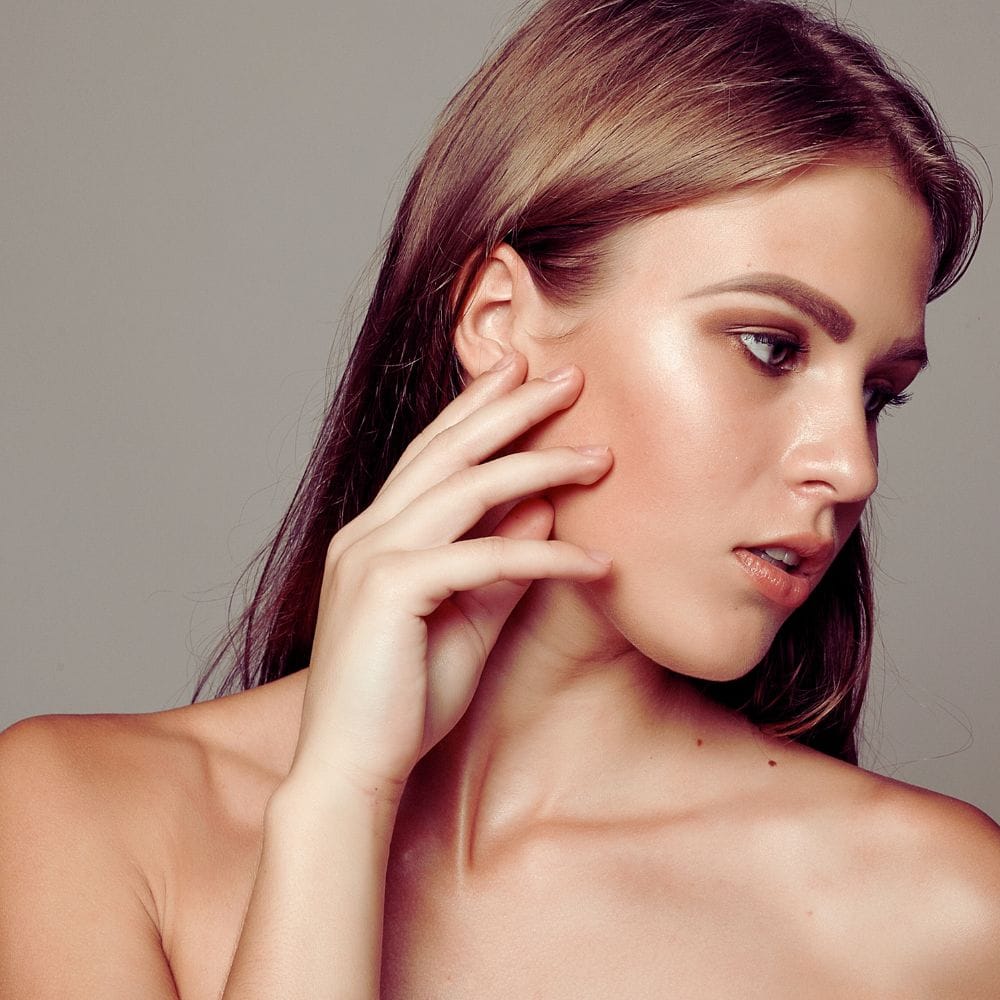
Historical Perspectives on Beauty
Throughout history, beauty has been a reflection of societal values and norms. In ancient Greece, symmetry and proportion were considered the epitome of beauty, with philosophers like Plato emphasizing the importance of harmony and balance. The ideal form of the human body, characterized by harmonious proportions and symmetry, was central to their concept of beauty. This focus on symmetry and proportion has persisted through the ages, influencing Western cultures’ perception of beauty.
In contrast, ancient China revered the practice of foot binding, where small, bound feet were considered beautiful and a sign of status. This painful tradition, which lasted for centuries, highlights how beauty standards can be deeply rooted in cultural practices and societal expectations. The bound feet were not only a symbol of beauty but also a reflection of the societal emphasis on femininity and delicacy.
The Philosophy of Beauty
The concept of beauty has long captivated philosophers, artists, and societies, sparking ongoing debate about what it truly means to be considered beautiful. Across the world, beauty standards are shaped by a complex interplay of societal expectations, cultural influences, and historical perspectives. In many Asian cultures, for example, beauty is closely linked to health and skincare, with a strong emphasis on achieving flawless, pale skin. This focus reflects deep-rooted values and traditions, where fair skin has historically been associated with status and refinement. In contrast, Western cultures often idealize tanned skin and the hourglass figure, viewing these traits as symbols of vitality and attractiveness.
Looking back through history, it becomes clear that perceptions of beauty are far from static. In ancient China, the painful practice of foot binding was once a widely accepted beauty standard, signifying delicacy and social standing. Meanwhile, ancient Greece celebrated symmetry and proportion, believing that harmonious features were the essence of beauty. These historical perspectives highlight how beauty standards are not only influenced by cultural values but are also subject to change over time. The use of lip plates in certain African cultures, for instance, is another example of how unique traditions and societal expectations can shape what is considered beautiful within a community.
In today’s interconnected world, media and globalization play a powerful role in shaping and sometimes distorting our perceptions of beauty. The widespread portrayal of youthful appearance, heavy makeup, and specific body types in advertising and social media can create unrealistic and often unattainable ideals. These influences can lead to a narrow interpretation of beauty, putting pressure on individuals—especially women—to conform to certain standards in order to be seen as attractive or desirable to potential mates. Yet, these ideals rarely reflect the full diversity of human beauty or the unique qualities that each person possesses.
It is important to recognize that beauty is a highly subjective concept, deeply influenced by personal interpretation, cultural background, and individual values. What one culture or person finds attractive may not hold the same appeal for another. This subjectivity is at the heart of the idea that beauty is in the eye of the beholder, reminding us that there is no single definition or standard that can encompass the full range of human beauty. By broadening our understanding of beauty to include not only physical appearance but also inner qualities such as kindness, intelligence, and compassion, we can create a more inclusive and accepting society.
Ultimately, the philosophy of beauty reflects the diversity and richness of human experience. Whether it is the emphasis on skincare in Asian cultures, the tradition of lip plates in Africa, or the celebration of symmetry in ancient Greece, each society brings its own interpretation and values to the concept of beauty. By embracing these diverse perspectives and recognizing the personal and cultural influences that shape our perceptions, we can move towards a world where beauty is celebrated in all its forms, and every person is empowered to define what beauty means to them.
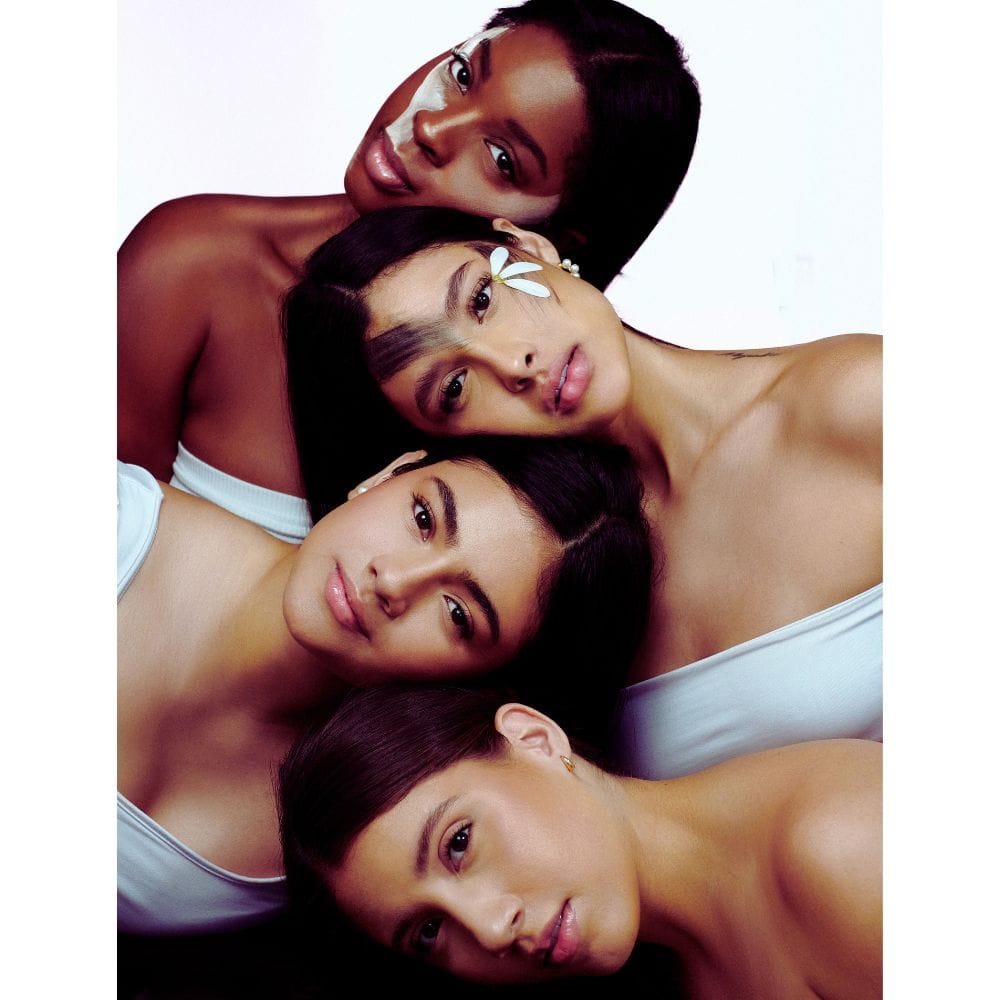
Cultural Influences on Beauty Standards
Cultural influences play a significant role in shaping beauty standards. In many Asian cultures, fair skin is often considered beautiful, a preference that dates back to historical associations of fair skin with nobility and leisure. This emphasis on fair skin has led to a booming skincare industry focused on whitening products, reflecting the deep-seated cultural values surrounding beauty. These cultural practices are actively creating and perpetuating specific beauty standards, reinforcing the desirability of fair skin through media and societal expectations.
Conversely, in Western cultures, tanned skin is often associated with health and vitality, a trend that gained popularity in the 20th century. This shift in beauty standards reflects broader societal changes and the influence of media and fashion trends. The perception of beauty in Western societies has evolved to embrace a more diverse range of skin tones, influenced by globalization and increased cultural exchange.
The Role of Media and Globalization
Modern media and globalization have significantly impacted how beauty is perceived worldwide. The proliferation of images and ideals through television, film, and social media has created a more homogenized view of beauty, often emphasizing Western standards. The power of media to shape and transform societal perceptions of beauty cannot be underestimated, as it influences what is considered attractive and desirable on a global scale. This global influence can lead to a narrow interpretation of beauty, where certain features and body types are considered the ideal.
However, globalization has also facilitated a greater appreciation for diverse beauty standards, allowing individuals to embrace their unique features and cultural heritage. The rise of social media influencers and platforms has given a voice to those who challenge traditional beauty norms, promoting a more inclusive and diverse understanding of beauty.
Societal Expectations and Beauty
Societal expectations heavily influence perceptions of beauty, dictating what is considered attractive or desirable. These expectations can vary widely between cultures and communities, often reflecting broader societal values and norms. Societal beauty standards particularly impact girls, shaping their self-image and influencing how they interact with peers, often affecting their confidence and social dynamics.
For instance, in South Korea, there is a strong emphasis on a youthful appearance, with many people investing in skincare and cosmetic procedures to achieve this ideal.
In contrast, some African cultures celebrate the use of lip plates, where the lower lip is stretched and adorned as a symbol of beauty and status. This practice highlights how beauty standards can be deeply intertwined with cultural identity and societal expectations, reflecting the values and beliefs of the community.
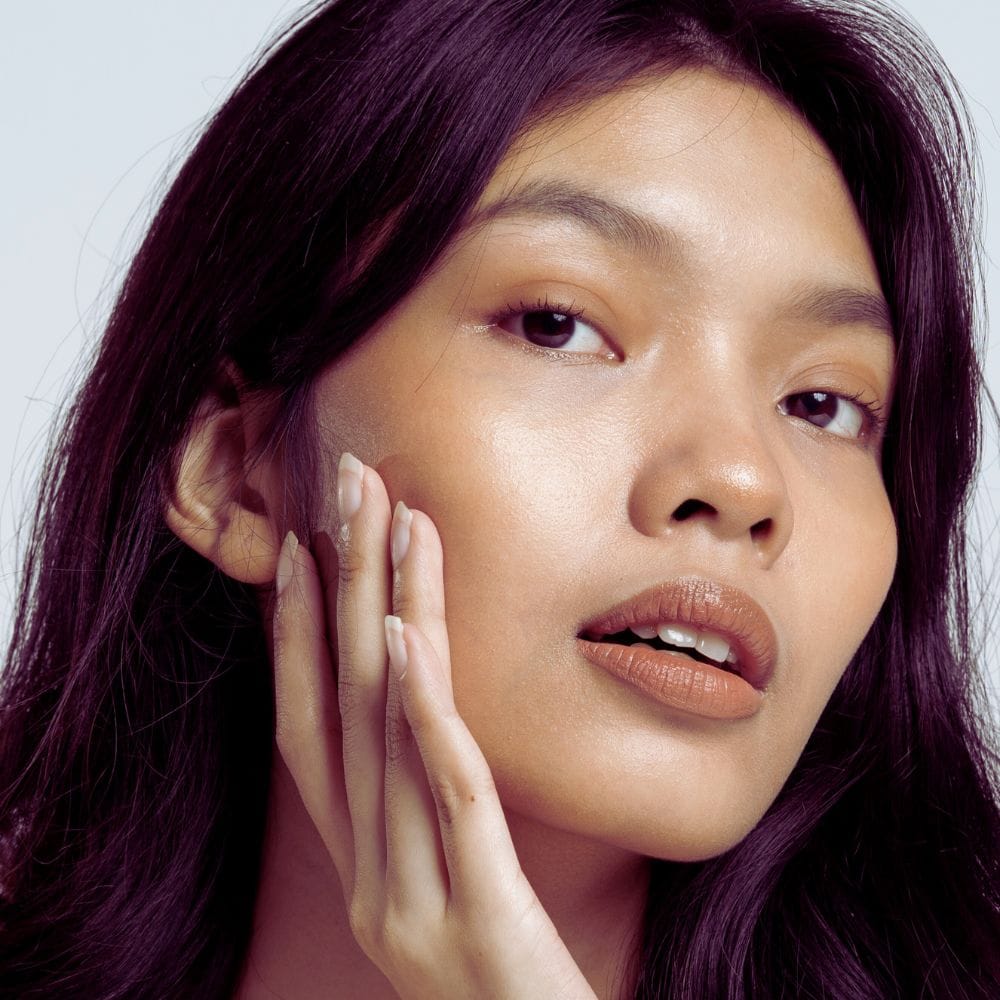
The Impact of Technology on Beauty Perceptions
Technology has revolutionized the way beauty is perceived and pursued. The rise of digital editing tools and filters has created a new standard of beauty, where perfection is often just a click away. These technologies can distort our perception of reality, blurring the line between digitally altered images and what is authentic, which can lead to unrealistic expectations and pressures, particularly for young people who are constantly exposed to idealized images.
However, technology has also provided a platform for diverse voices and perspectives, challenging traditional beauty norms and promoting a more inclusive understanding of beauty. Online communities and social media platforms have become spaces for individuals to share their unique beauty journeys, fostering a sense of empowerment and self-acceptance.
Beauty and Health: A Complex Relationship
The relationship between beauty and health is complex and multifaceted. While certain beauty standards emphasize health and vitality, others can promote harmful practices and unrealistic ideals. For instance, the emphasis on thinness in many Western cultures can lead to unhealthy behaviors and body image issues. However, achieving these beauty standards does not necessarily lead to happiness or fulfillment, as physical attractiveness alone is not a guarantee of well-being.
Conversely, some beauty standards prioritize natural and holistic approaches, emphasizing the importance of health and well-being. This focus on health is evident in the growing popularity of clean beauty and wellness trends, which prioritize natural ingredients and sustainable practices. These trends reflect a broader shift towards embracing one’s own values and prioritizing health over societal expectations.
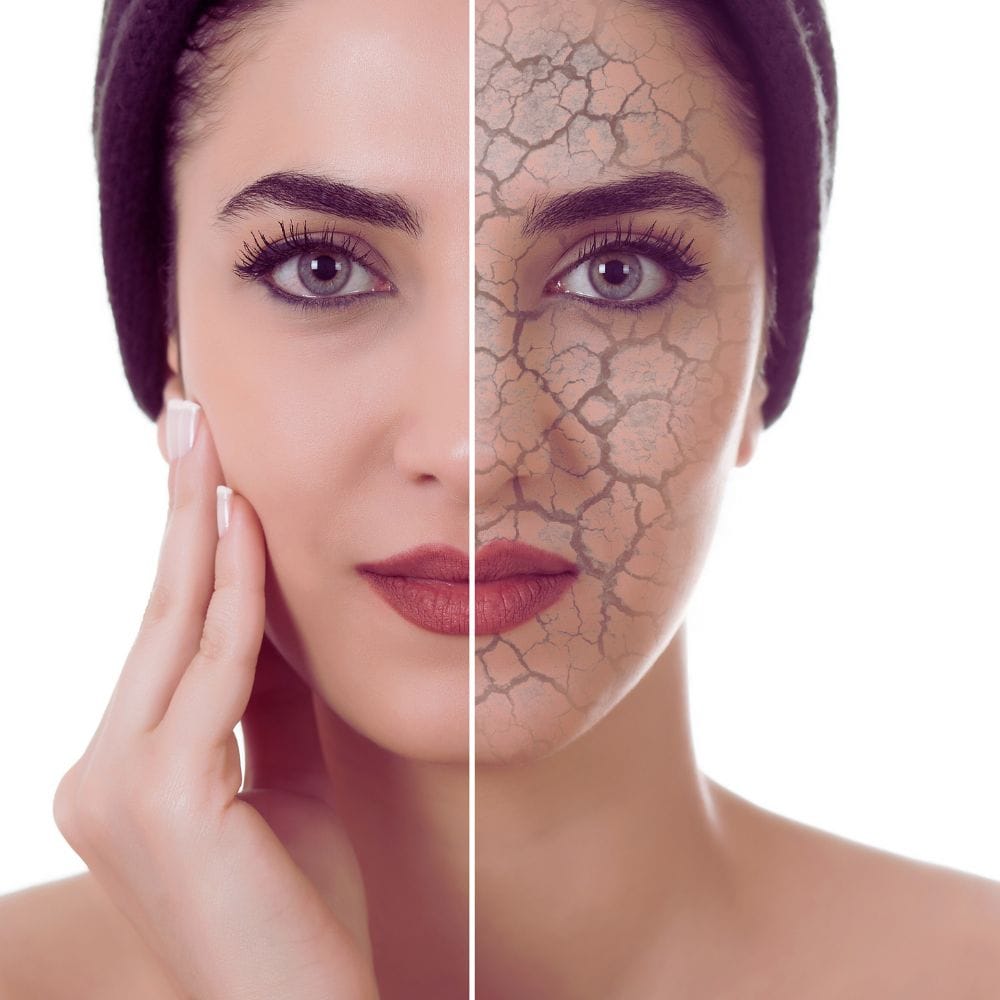
The Subjectivity of Beauty
Beauty is often said to be in the eye of the beholder, highlighting its inherently subjective nature. What is considered beautiful in one culture or community may not be perceived the same way in another. This subjectivity is influenced by a myriad of factors, including personal experiences, cultural background, and societal norms. Emotions also play a significant role in shaping our individual perceptions of beauty, as our feelings and emotional responses can deeply affect how we judge and appreciate what we find beautiful.
The appreciation of beauty is also deeply personal, reflecting individual values and beliefs. While societal expectations and cultural influences play a significant role in shaping beauty standards, personal interpretation and appreciation are equally important. This individuality allows for a diverse and rich tapestry of beauty, where different forms and expressions are celebrated.
Embracing Diverse Beauty Standards
In a world increasingly influenced by media and globalization, it is essential to embrace diverse beauty standards and challenge traditional norms. By celebrating different cultural influences and historical perspectives, we can foster a more inclusive and accepting understanding of beauty.
This embrace of diversity is not merely about aesthetics but also about recognizing the unique values and ideals that different cultures bring to the table. By appreciating the rich tapestry of beauty standards worldwide, we can promote a more inclusive and empowering vision of beauty that celebrates individuality and diversity. Embracing this diversity can also help reduce unhealthy comparisons and competition among women and other women, fostering a more supportive environment.
Summary
The perception of beauty is a complex and multifaceted concept, influenced by historical perspectives, cultural influences, and societal expectations. From the bound feet of ancient China to the lip plates of African tribes, beauty standards have varied widely across cultures and centuries. Modern media and globalization continue to shape and redefine these standards, impacting how individuals perceive attractiveness and aesthetics. Beauty standards can significantly influence various aspects of a person's life, including their social experiences, self-perception, and overall well-being. By embracing diverse beauty standards and challenging traditional norms, we can foster a more inclusive and accepting understanding of beauty that celebrates individuality and diversity.
Good Guru Reviews may collect a share of sales or other compensation from the links on this page if you decide to buy something (at no additional cost to you; that's how we stay in business). Enjoy finding your next special item with us!
FAQ
What are the different perceptions of beauty across cultures?
Beauty perceptions vary widely across cultures, influenced by historical, cultural, and societal factors. For instance, fair skin is often valued in many Asian cultures, while tanned skin is associated with health in Western societies. Practices like foot binding in ancient China and lip plates in African tribes highlight the diverse beauty standards worldwide.
It is important to promote healthy perceptions of beauty among little girls to help foster positive self-image from a young age.
How does the media influence beauty standards?
Media plays a significant role in shaping beauty standards by promoting certain ideals and images. The proliferation of media through television, film, and social media has created a more homogenized view of beauty, often emphasizing Western standards. However, media also provides a platform for diverse voices, promoting a more inclusive understanding of beauty.
There is a clear link between media representations of beauty and the way society perceives attractiveness and success, as these portrayals influence public attitudes and expectations.
Why is beauty considered subjective?
Beauty is considered subjective because it is influenced by personal experiences, cultural background, and societal norms. What is considered beautiful in one culture may not be perceived the same way in another. This subjectivity allows for a diverse and rich tapestry of beauty, where different forms and expressions are celebrated.
Ultimately, the question remains whether beauty can ever be regarded as an objective truth, or if it is always a subjective concept shaped by individual perspectives and cultural influences.


